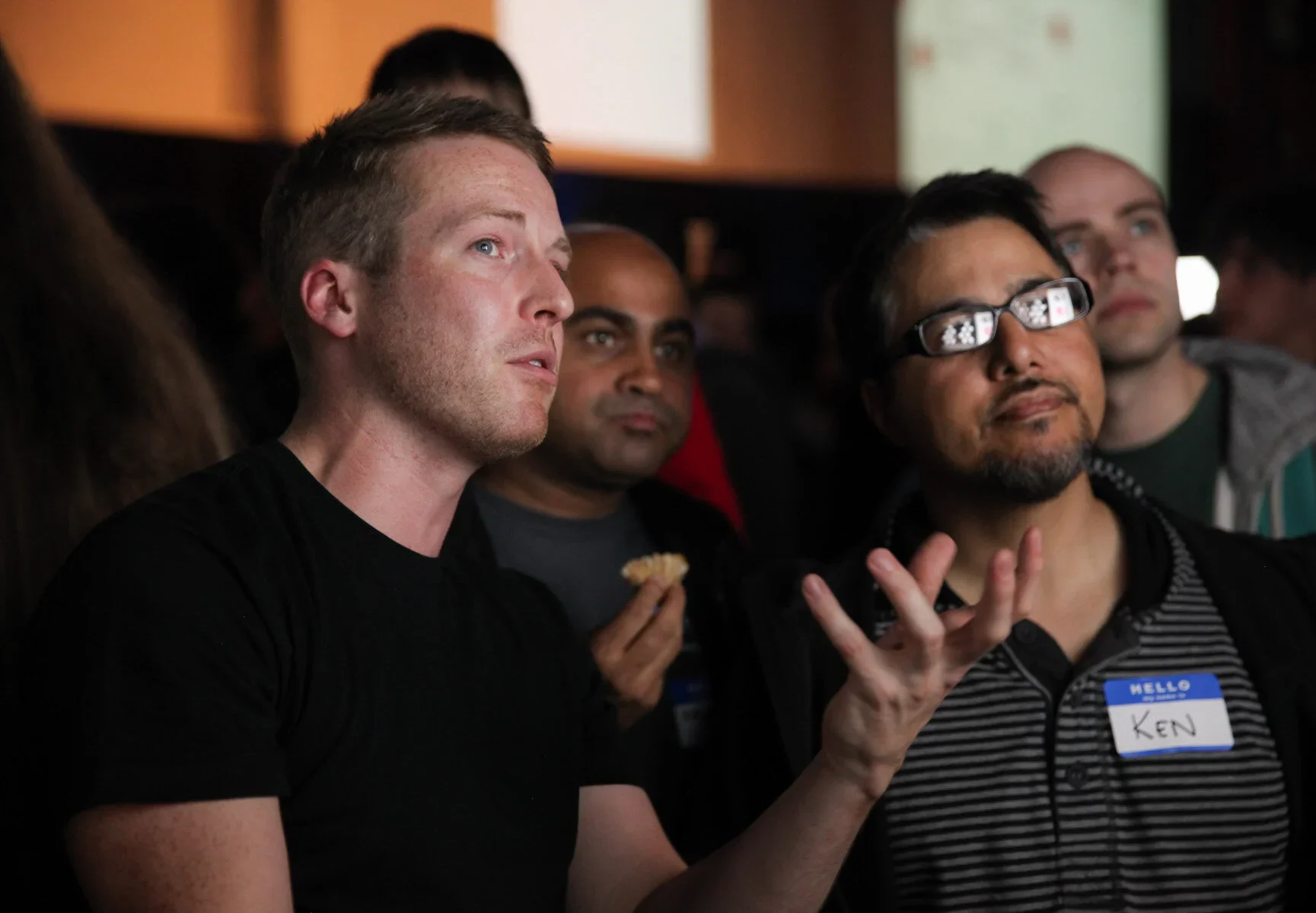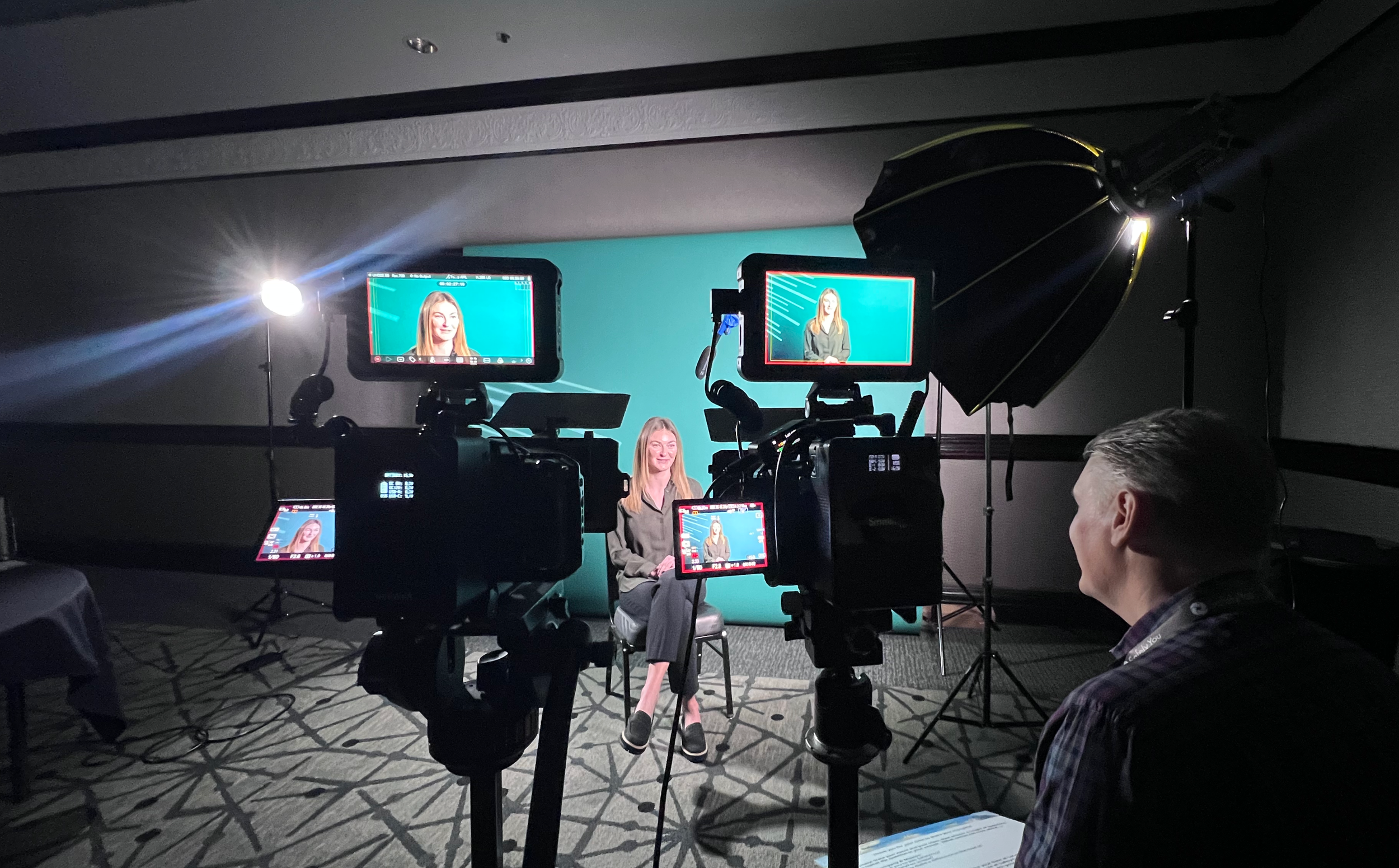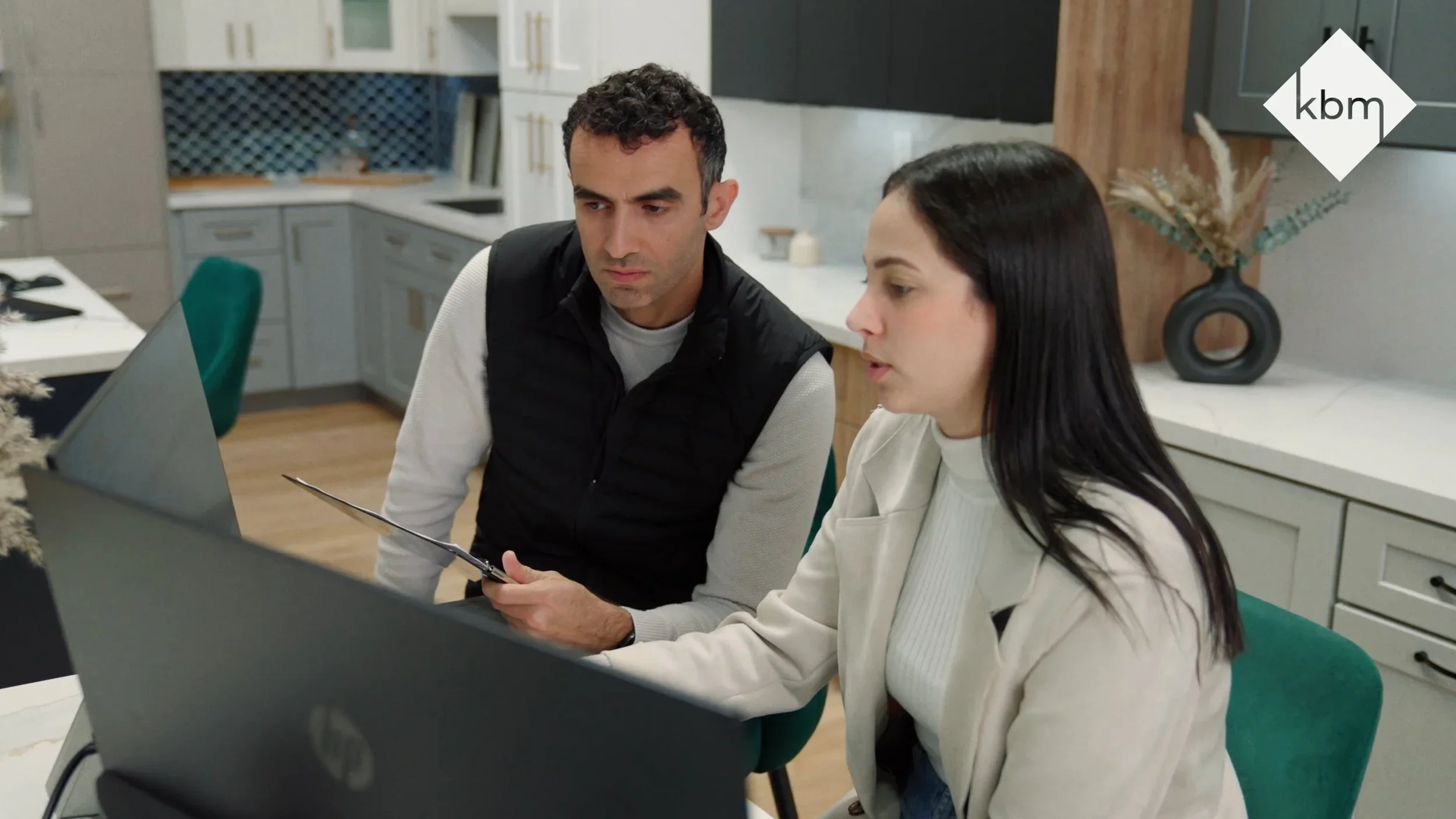How to Plan a Professional Brand Video Shoot in San Francisco
Creating a professional brand video is one of the most effective ways to show what your business stands for in a visually rich, competitive market like San Francisco. The city’s skyline, fog-kissed bridges, and layered neighborhoods can elevate your message—if you plan every detail with care and intent.
Planning is everything, because great results come from clarity, not luck. Start with a strong concept, set clear goals, and build a step-by-step plan that aligns budget, crew, and locations. This guide will help you prepare a seamless brand video production San Francisco workflow—so your story lands, your visuals feel cinematic, and your brand voice stays consistent from the first frame to the final cut.
Define Your Vision and Message
Start by identifying the one message you want viewers to remember. Translate that message into a short creative brief that clarifies audience, tone, pacing, color mood, and the exact action you want after viewing. Collect two or three visual references that match your brand’s feel to guide framing and lighting choices.
Document non-negotiable, like brand words you won’t use or visuals you must include. This early discipline avoids expensive course corrections later. Share the brief with stakeholders to align expectations before you schedule a single shot. When strategy leads, creative choices tighten, and your editor can tell the story with confidence and economy. People also look out for “How do I plan a professional brand video shoot in San Francisco with the right team, locations, and timeline?” too.
Scout San Francisco Locations Smartly
Think of locations as characters that support your narrative. SoMa gives you tech-forward glass and steel, Chinatown offers pattern and rhythm, and Crissy Field creates open, natural lines with the bridge beyond. Scout at the same time of day as your shoot to learn shadows, reflections, wind, and foot traffic.
Mind permits and logistics early. Popular public spaces often require approvals and insurance, and private interiors may need cOIs and load-in details. Always note parking, green rooms, and restrooms. A location that looks perfect but bottlenecks access will cost you takes, morale, and budget. Choose beauty you can reach and control.
Assemble the Right Team
Your crew turns intent into images. Hire a corporate videographer San Francisco brands trust—someone with a portfolio that shows narrative range, clean lighting, and calm on-set leadership. Round out the team with a director, camera op, sound lead, and production assistant who communicate well under pressure.
Add specialty roles only if they serve story or schedule: a producer to wrangle logistics, a gaffer for complex lighting, a stylist to maintain continuity, or a script supervisor for interviews. Hold a pre-production meeting to lock frames of reference, safety notes, call times, and file-naming conventions. Clarity prevents drift and protects your day.
Plan the Shoot Schedule and Script
Build a call sheet that lists contacts, exact addresses, parking notes, scene order, and time blocks. Include buffers for lighting setups, wardrobe tweaks, and resets. If you’re shooting interviews, draft talking points instead of scripts; conversational cadence sounds more human and edits faster.
Storyboard high-impact moments so compositions feel intentional, not improvised. Capture generous B-roll of people interacting with products, spaces, and tools—these connective shots turn a sequence into a story. Keep transitions in mind; plan match cuts, moves, or sound bridges. Editing is faster when you’ve pre-planned how scenes flow into one another.
Essential Gear and Lighting Setup
Gear should match the story, not inflate the budget. Prioritize clean audio and controllable light; these two elements lift perceived production value more than extra lenses. Record in a log profile for color flexibility, and store backups to dual cards to reduce risk.
Use the quick table below to confirm essentials and pro tips before you lock the truck list:
| Equipment | Purpose | Pro Tip |
| 4K Camera | Crisp, gradable image | Record in log; slate takes consistently |
| LED Panels | Reliable exposure | Add diffusion for softer skin tones |
| Lav & Boom Mics | Clean dialogue | Capture 10–15 sec room tone |
| Reflector/Bounce | Shape natural light | Use negative fill to add depth |
| Gimbals/Slider | Controlled motion | Pre-balance to save setup time |
On-Set Coordination Tips
Smooth sets start with shared expectations. Begin with a brief safety talk, then confirm timing, priorities, and reset protocols. Keep comms tight: use headsets or a clear hand-signal system, especially in busy public locations. Protect batteries and storage like gold; power and media are your oxygen.
Quick On-Set Checklist
Confirm roles and escalation path before call time
Label media by scene and date; mirror to a second drive at lunch
Capture wild lines and natural ambience for cleaner edits
Log best takes in real time to speed post-production
Maintain a calm, single-threaded chain of command
A seasoned Videographer For Business treats order and pace as creative tools, keeping performance fresh while protecting the schedule.
Post-Production and Branding
Editing turns captured moments into meaning. Start by syncing, organizing, and culling; mark selects with notes about emotion and clarity. Establish a visual baseline with white balance and exposure, then grade for brand color language so your film aligns with web, deck, and print assets.
Design lower-thirds and motion graphics to emphasize benefits, not buzzwords. Mix music to support narrative arcs rather than overpowering speech. Build captions for accessibility and silent auto play. Before lock, review analytics goals: what thumbnail, title, and first three seconds will earn attention and retention on each platform?
Managing Budget and Timelines
Budgets should reflect story, not the other way around. Allocate most to people and time, because craft beats gadgetry. Typical business video services in the city span modest single-location interviews to multi-day, multi-location campaigns; anchor your plan to measurable outcomes.
Pad your schedule by 10–15% for weather, traffic, and approvals. In pre-pro, define versioning: one hero cut, social teasers, and vertical adaptations to extend reach. Centralize feedback in a single review link with time-coded comments. Scope clarity—what’s included, what’s not—turns approvals from friction into flow.
Final Review and Launch
Before release, test your video on phones, laptops, and large displays. Check skin tones, subtitle timing, and brand legibility at small sizes. Write metadata that promises value and delivers it—hook in the first sentence and keep titles under platform limits.
Publish with a companion plan: landing page, email snippet, paid lift, and organic distribution. Track play-through rate, hook effectiveness, and post-watch actions. Treat this launch as the baseline for your next shoot. When data teaches you which moments move people, your next concept gets sharper, faster, and more persuasive.
A professional brand video isn’t about expensive toys—it’s about disciplined planning, strong collaboration, and choices that serve story and audience. When you align message, location, crew, schedule, and post-production, you create work that looks polished and feels honest. If you want creative direction with local fluency and production reliability, Slava Blazer Photography can help translate your brand into images that resonate on screen and convert off it.
FAQs
How early should I begin planning?
Start four to six weeks ahead to secure permits, confirm locations, and align schedules. This window protects your budget and reduces rush decisions that undermine quality.
What time of day works best outdoors?
Aim for morning or late afternoon for softer light and fewer crowds. Wind near the water can spike midday; bring weights, clamps, and alternate angles for protection.
Do I need permits for public spots?
Most public and landmark areas in San Francisco require permits and insurance. Private interiors often only need written consent and proof of coverage for the day.
How can I keep costs in control?
Spend on people, sound, and time. Limit company moves; consolidate lighting setups, and pre-board wardrobe and props to avoid last-minute purchases.
What length performs best online?
Shorter is stronger for social—60–90 seconds with a sharp hook. For website or events, two to three minutes works if every beat advances the story.



